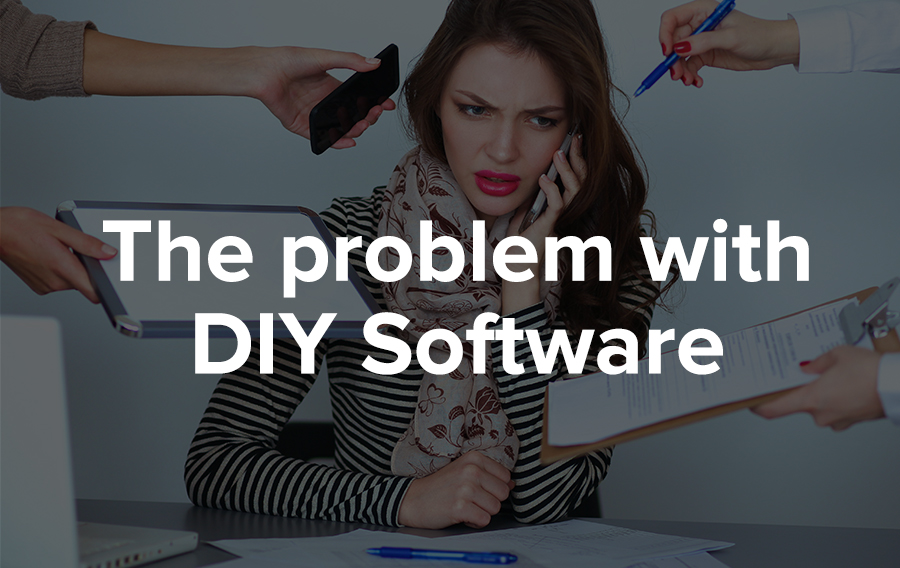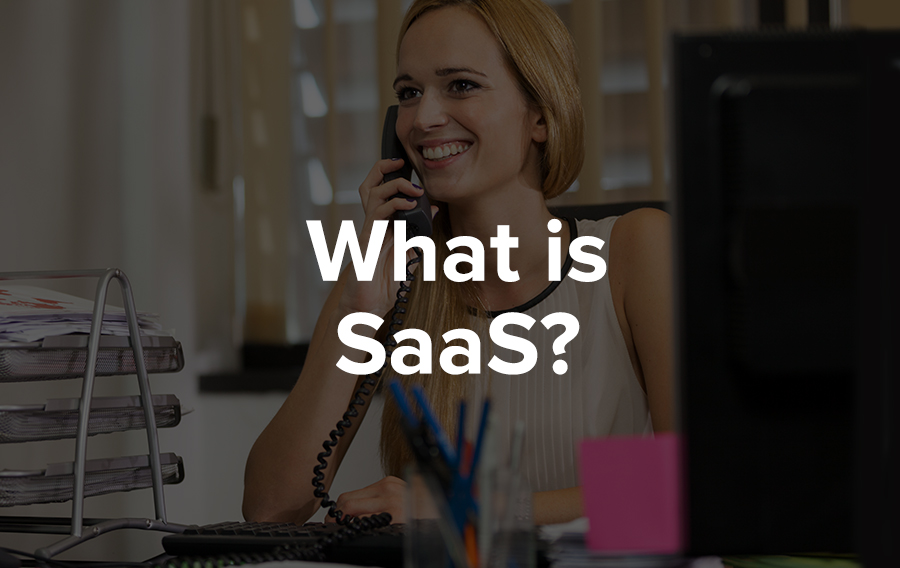Do You Have DIY Event Management Software?

DIY is all the rage lately. There are so many tutorials on Pinterest for projects you can make yourself. Food, clothing, decor. But what about when these projects don’t go as expected? We end up with a broken product and all we can do is laugh at ourselves. Think of the articles out there like Bored Panda’s “20 Hilarious Pinterest Fails.”
There’s also a huge trend in self-service software now. Not to say that’s a bad thing – software should be easy enough to use that you can do it yourself. But there needs to be a balance. Self-service too often means lack of support. With some “DIY” software, you may be sacrificing the ability to work directly with someone to customize the end product. You may be giving up access to good customer service and the ability to collaborate with an expert.
With all the money we spend on software, DIY fails aren’t as funny in this case. It’s a little harder to laugh at yourself with an accountant or executive director breathing down your neck.
The problem with DIY software…

For some of us, jumping into a new piece of software is like getting behind the wheel of a new car. It’s exciting and we want to see what this thing can do. For others (and this is the majority, I think), a new piece of software is a source of fear and anxiety. We know it may solve our biggest problems, but what if. What if it doesn’t solve the problem we bought it for? What if we get it wrong?
The SaaS (software-as-a-service) model brushes these fears aside. “Oh, don’t worry about it, you’ll do fine.” Still, it promises nothing. If you don’t do fine your investment doubles as you seek a consultant that will fill the void and get things right.
What is SaaS?

SaaS, by definition, is “software deployed as a hosted service over the Internet.” Essentially it started when someone created a solution for one company, then realized that this piece of software could solve a problem for many other companies. The software was then hosted “in the cloud,” or on a server as a webpage (rather than a locally installed application) that anyone with the proper credentials could access.
The benefit of this is that, as the product is updated and improves, everyone receives the benefits in real time. Before SaaS, you’d have to purchase the new updates with all the advanced features and bug fixes as a separate version. Then your IT team or consultant would install that new version across all your local servers. In a word: not very efficient.
Despite it’s benefits, where SaaS has gone wrong is a more important topic than where it’s gone right.
The promise of software as a service is that it no longer requires an agile IT team. You purchase the product and voila! you’re problems will vanish. Unfortunately that’s not the case and a lot of smaller teams suffer, especially in non-profits and associations with limited resources.
How can we do better?

Quite simply, software providers can do better by supplying software as a tool and supplementing it with real people that can solve problems. That’s what CadmiumCD’s been doing since its inception. Every project has always come with a project manager – an expert – that can help set up the right solution for the right situation.
We know that every event manager has different problems and even enterprise event management software platforms have multiple use-cases. Expecting the same solution to work across the board is unrealistic. It’s a shame most software providers have missed the boat on this. Let’s get away from DIY software and get back to people-centric products.
Let’s evolve SaaS to Solution as a Service!

Event management tools are not just arbitrary pieces of software. They’re robust solutions that solve problems. If we approach software as a big, scary thing we don’t know how to use, we’ll end up stuck with our old problems or creating new problems.
We want to lead the charge though. We’re not a company that provides Software as a Service, we’re a company that delivers Solutions as a Service. They’re products that solve simple challenges (like managing submissions and reviews, engaging attendees, and planning a schedule efficiently). And they come equipped with people who know how to use them to solve bigger problems that arise during the planning process. These people are a resource and can provide guidance on how to use the software to its maximum potential.
If every vendor takes this new Solutions as a Service approach, we’d have a happier, friendlier, more engaged playing field. Planners would come together with vendors to create exceptional experiences for attendees and events overall would improve.
P.S. Leave us a comment about a time DIY software didn’t quite work out for you!
